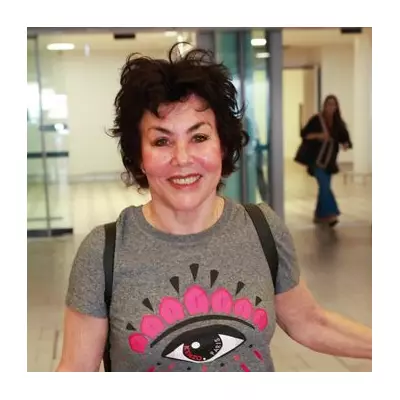
Millions of people worldwide endure the daily struggle of wounds that refuse to heal, a painful and debilitating condition often linked to diabetes, poor circulation, or sustained pressure. These persistent injuries not only cause significant discomfort and risk of infection but can profoundly diminish quality of life, sometimes leading to the drastic outcome of amputation.
The Inflammation Impasse
Current medical approaches primarily focus on managing symptoms rather than solving the core problem. Patients typically face a relentless cycle of dressing changes, antibiotic courses, and repeated clinic visits that can stretch for months or even years, with no definitive end in sight for many.
However, a revolutionary study led by Jenna Cash, a Lecturer at the University of Edinburgh's School of Regeneration and Repair, provides a fresh understanding of this medical challenge. Published on Monday 24 November 2025, the research uncovers a common biological disruption in chronic wounds and identifies a promising new therapeutic target.
The investigation centred on a skin molecule called MC1R, which is most famous for its role in producing red hair and fair skin. Yet, its functions extend far beyond pigmentation. MC1R is present on various skin cells, including immune cells, keratinocytes, fibroblasts, and blood vessel lining cells, positioning it to influence multiple stages of the healing process.
A New Therapeutic Pathway
Effective wound healing requires a delicate balance: the skin must first initiate inflammation to clear microbes and damaged tissue, then successfully switch off this inflammatory response to allow repair. The research found that in chronic wounds, this crucial 'off-switch' fails.
Analysing human tissue from three major chronic wound types—diabetic foot ulcers, venous leg ulcers, and pressure ulcers—the team discovered a consistent pattern. Despite their different origins, all these wounds showed a disrupted mechanism for calming inflammation, with both MC1R and its partner molecule, POMC, thrown out of balance.
To confirm these findings, researchers turned to experimental models. Mice with a non-functional MC1R gene developed slow-healing wounds that mirrored human chronic wounds, displaying an overabundance of inflammatory cells and persistent 'neutrophil extracellular traps'—sticky webs that perpetuate inflammation.
The breakthrough came when scientists applied a topical drug designed to selectively activate MC1R. The results were dramatic. The stubborn ulcers showed improved healing, reduced fluid leakage, increased blood vessel growth, and the beginning of skin layer recovery. The treatment also reduced the problematic neutrophil traps and limited new inflammatory cells.
Implications for Millions
The potential impact of this discovery is vast. With rising global rates of diabetes, ageing populations, and obesity, the number of people affected by chronic wounds is increasing. These conditions also place a substantial financial burden on healthcare systems.
This research opens the door to future treatments that could come in the form of simple ointments or gels, which patients could apply themselves. By targeting the MC1R pathway to help the skin exit its chronic inflammatory state, these potential therapies could offer new hope where current options fall short.
While further research is necessary, identifying MC1R as a key player in wound repair provides a clearer understanding of why healing stalls and offers a tangible path toward helping the skin mend itself effectively.





